Opportunities under the China – Australia Free Trade Agreement (ChAFTA)
On 17 November 2014, Australia and China signed a declaration of intent in relation to the China – Australia Free Trade Agreement. While the specific details of the agreement will be fully reflected in formal documentation due to be signed later this year, the declaration of intent provides for the following key outcomes:
Removal of tariffs: The gradual removal of tariffs on approximately 95% of goods exported from Australia over the course of the next 15 years including dairy, beef, live animal exports, lamb, wine, horticulture products and seafood.
Resources, Energy and Manufacturing: The gradual removal of tariffs in relation to resources and energy products (including coal), transformed resources and energy products, pharmaceuticals and other manufactured products.
Services: Liberalisation of market access for Australia’s strong service sector including a framework to advance mutual recognition of services qualifications. Service providers that stand to benefit include Australian banks, financial services, insurers, law firms, telecommunications, tourism and travel related services, health and aged care services, construction and engineering services, transport and education providers.
Skilled worker mobility: Businesses engaged in large infrastructure projects above $150 million will have the benefit of entering into Investment Facilitation Agreements to more effectively allow for labour force mobility and improving temporary entry access into Australia and China.
Increased FIRB threshold: The threshold at which Chinese investors are required to seek FIRB approval in relation to proposed investments in non-sensitive sectors will increase from the current $248 million to $1,078 million. The requirement to obtain FIRB approval in relation to sensitive sectors and investments by state owned enterprises will continue unchanged.
Work and Holiday arrangement: Australia will grant new work and holiday arrangement visas to 5,000 Chinese work and holiday makers annually with a view to further developing Australia’s tourism sector.

